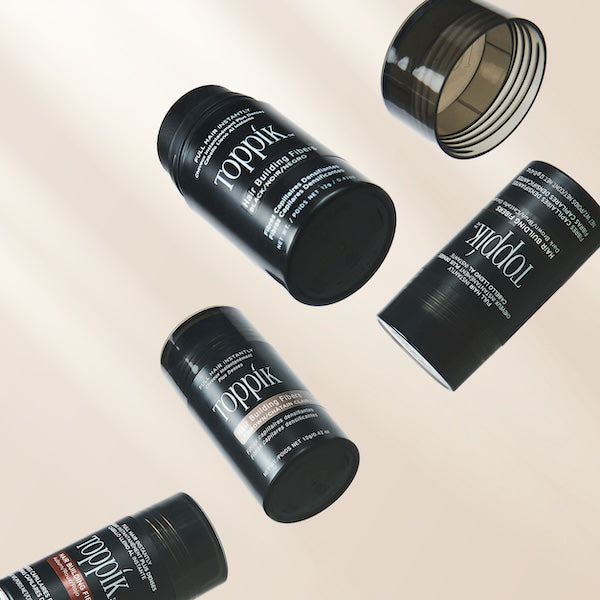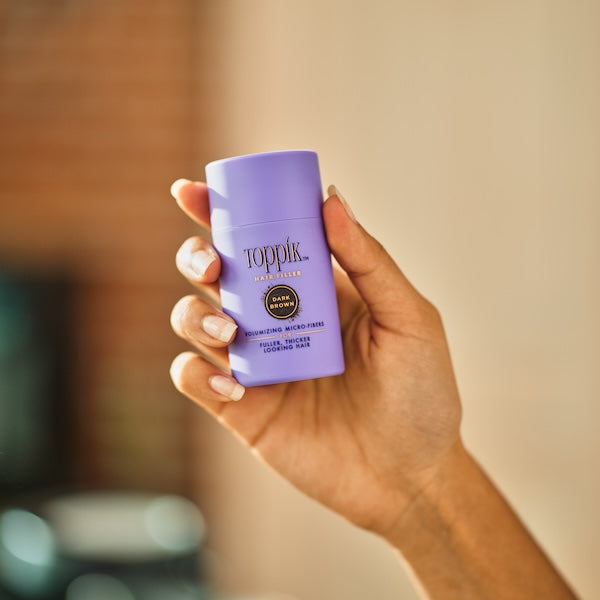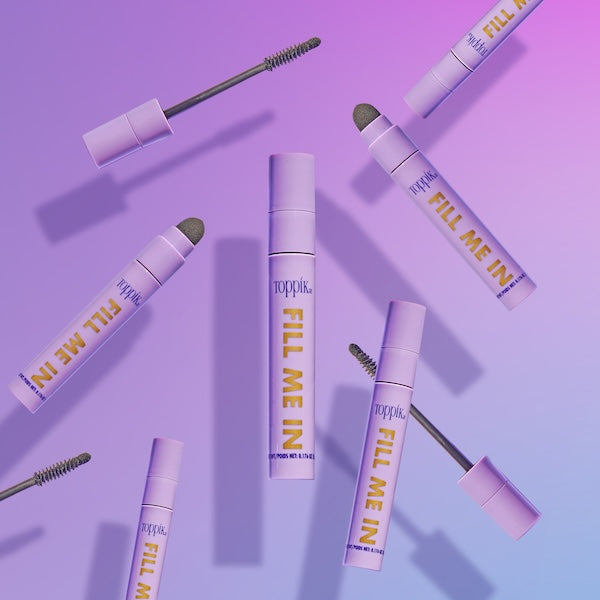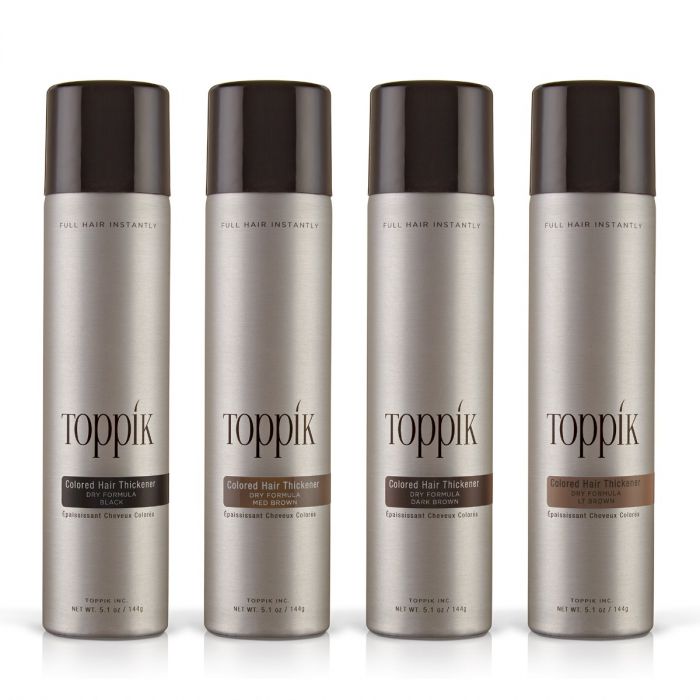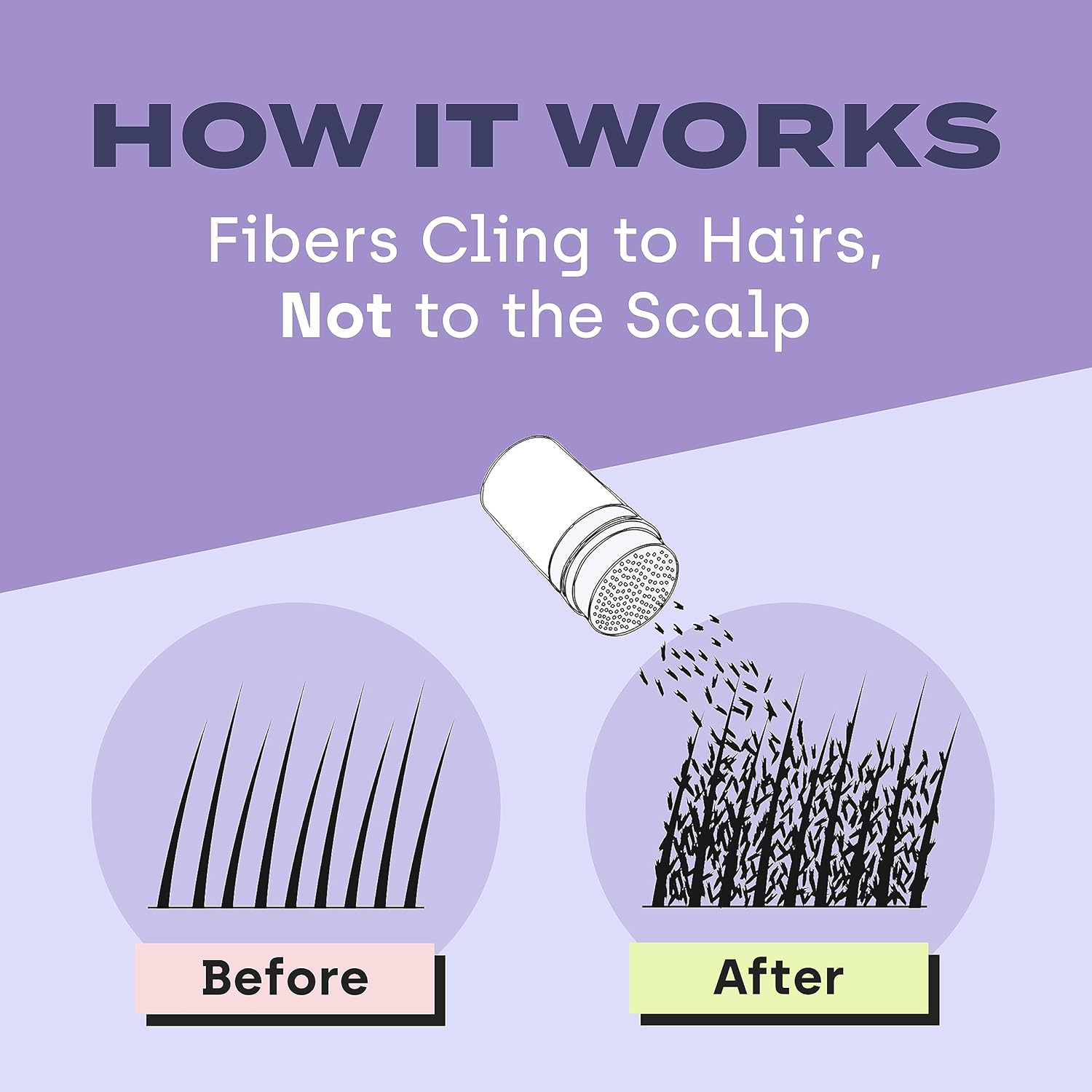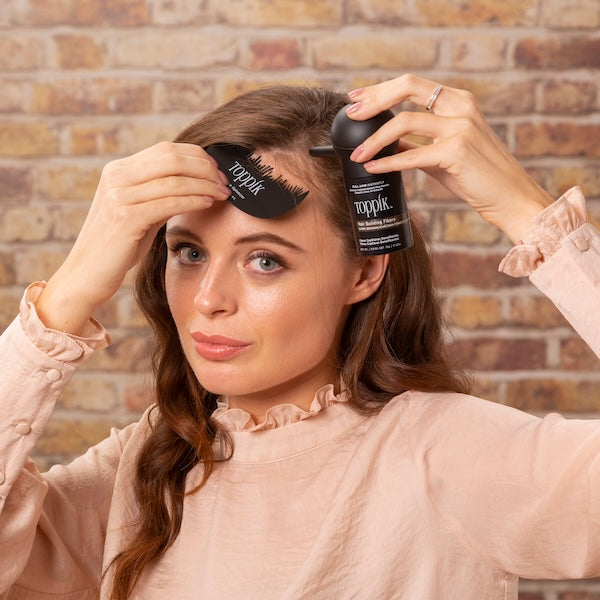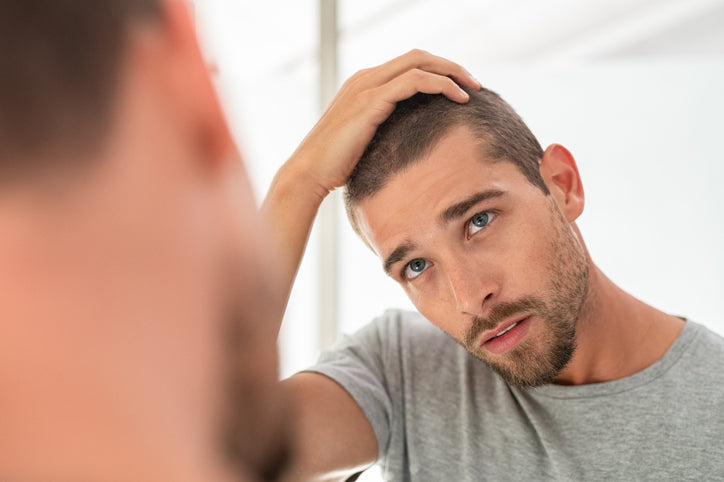What is Scalp Microblading?
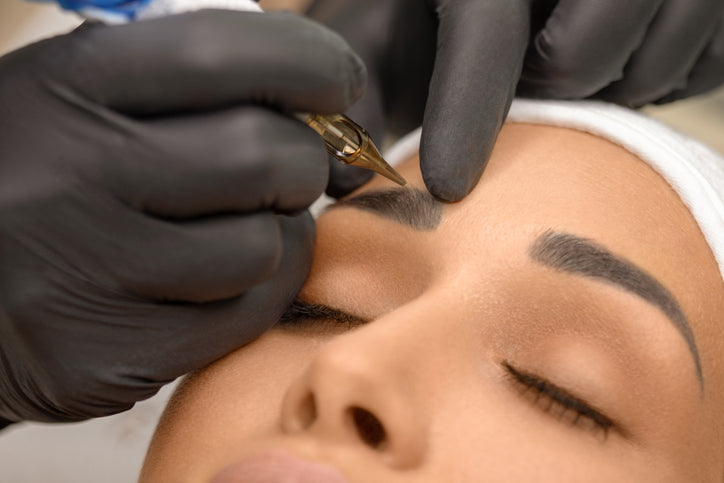
Here’s how the scalp microblading process works:
- The procedure begins with the technician applying topical anesthetic to the area. Unlike traditional tattoos, scalp microblading isn’t painful thanks to this step.
- Once the area is numb, the technician uses the microblading pen to create tiny, hair-like scratches.
- Next, a special pigment is deposited into the scratches.
- As the scalp heals, the pigment remains in the skin, creating the appearance of thicker hair.
While microblading can create the appearance of fuller hair, it doesn’t actually help with hair regrowth. But scalp microblading also won’t inhibit the growth of new hair, since the pigment isn’t placed deep enough in the scalp to disrupt the hair follicle.
The recovery is also pretty simple. Clients can actually go back to work right after treatment! Usually clients are asked to avoid washing their hair for a week after treatment. It’s also a good idea to protect the area from sun exposure, since UV rays can significantly fade the microblading pigment.
However, the procedure can be pretty expensive, with the average hair microblading cost at somewhere between $700 and $1200.¹
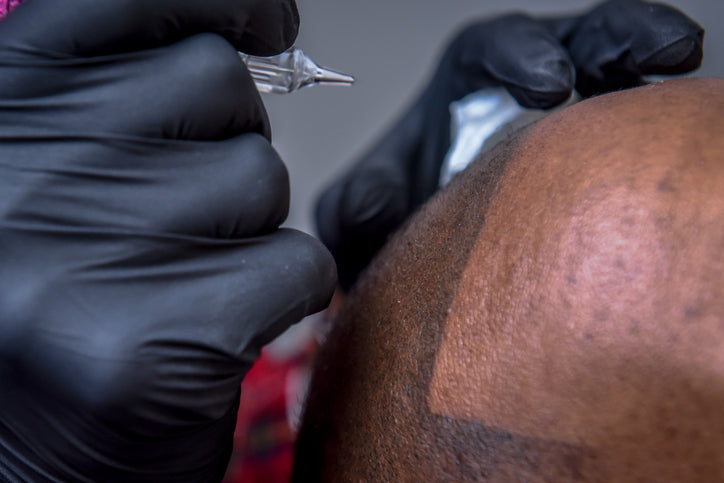
Who is a Candidate for Scalp Microblading?
Scalp microblading can be used to disguise different forms of alopecia, like androgenic alopecia (AKA male pattern hair loss) or traction alopecia. However, scalp microblading works best in areas where you still have hair, such as a thinning hairline. The micro-strokes of pigment blend with your natural hair, creating the illusion of thicker, fuller hair. The procedure won’t work as well on bald spots (where there’s no hair to blend with), so microblading a bald head is definitely out. People with oily skin are also not good candidates for scalp microblading, since the excess oil can smudge the pigment and ruin the effect.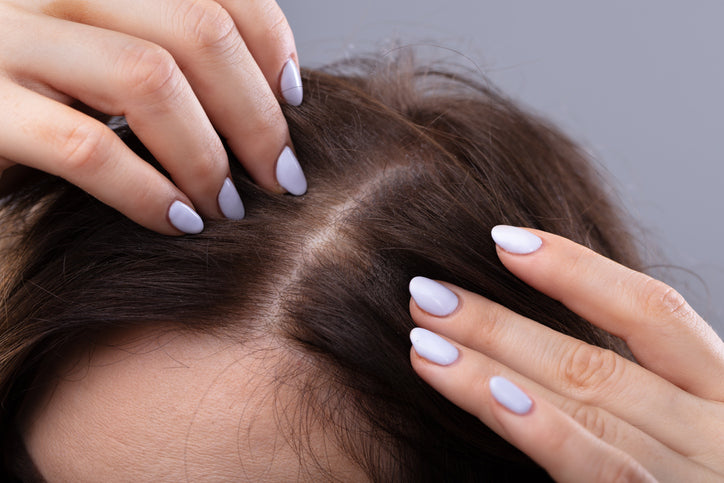
4 Reasons to Avoid Scalp Microblading
Unfortunately, scalp microblading has some significant drawbacks:
1. Scalp Microblading Creates One-Dimensional Results
Scalp microblading produces one-dimensional results. Since your hair is three-dimensional and often moving, the stationary microblading strokes might look fake in certain situations.
2. Scalp Microblading is Semi-Permanent
Microblading doesn’t place pigment as deep into the dermis as traditional permanent tattoos. Thus, the effects are not as long-lasting. Scalp microblading lasts for about 12 to 18 months, depending on how often you wash your hair and how much time you spend in the sun.
3. Scalp Microblading is Expensive
Scalp microblading treatments run between $700 and $1200 – pretty expensive for results that only last about a year!
4.Scalp Microblading Can Cause Infections & Allergic Reactions
Just like traditional tattoos, there is also a risk of developing an infection or an allergic reaction from the pigment.

